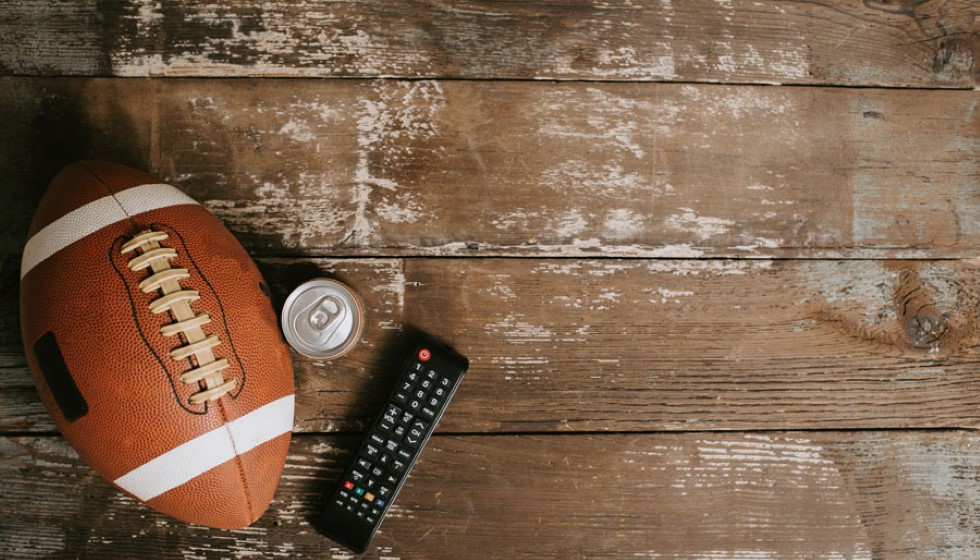
The unpredictable world of professional sports isn't limited to the field, court, or rink. Recent events have shifted the spotlight towards a more unsettling concern: the personal security of major athletes. This fear has materialized after a string of burglaries prominently targeting the homes of renowned athletes such as Patrick Mahomes, Travis Kelce, and Luka Doncic.
High-Profile Targets
The past few months have seen the sanctuaries of these sports icons compromised, prompting both the NFL and NBA to respond urgently. A wave of break-ins has unsettled the normally secure lives of these famed individuals. Their residencies, once private retreats, have become points of vulnerability. This transition is starkly illustrated by the harrowing incident involving Dak Prescott’s fiancée, Sarah Jane Ramos, whose car was broken into outside a Pilates studio in Dallas, losing nearly $40,000 in valuables.
Speaking on the matter, Dak Prescott shared his personal perspective on being an athlete under threat: "The target that I am, whether it be for a natural robbery, whether it be for losing the game or whatever, I understand the position that I'm in. So for me, it's more about today and now protecting my fiancée and my daughter." His words underscore the relentless nature of public life, where success and stature do not shield against such intrusions.
Escalating Security Measures
The sports leagues have reacted swiftly. The NBA issued a security memo in November following the burglary at Luka Doncic's home in Dallas, emphasizing heightened alertness amongst its players. Similarly, the NFL released a league-wide security alert after the invasive incidents at the residences of Mahomes and Kelce. These actions manifest the leagues’ commitment to ensuring the safety of their players beyond just game day scenarios.
While security protocols are tightening at organizational levels, athletes themselves are not standing idle. There’s a move towards enhancing personal security strategies, a development largely driven by necessity rather than choice. Prescott also reflected on the broader implications of these crimes, highlighting the frequent and often unseen nature of such disturbances: "Who knows how many times that happens a day?"
Resilience Amidst Uncertainty
Among the most disconcerting events was the targeting of Joe Burrow’s home, an incident that cast a shadow during a game between the Cincinnati Bengals and the Cowboys. This brazen act exemplifies the need for constant vigilance and the importance of not underestimating the risks associated with the public profiles of these athletes.
Prescott’s candid reflections offer a glimpse into the consciousness of athletes grappling with their status as potential targets. “You weigh the good with the bad. You understand that, as I said, who we are and what we're subject to," he said, offering a realistic view of the balance athletes must maintain. Despite the challenges, his resolve remains firm: “It's not fun. I could say that for sure. Obviously fortunate to be able to put people and things in place to protect myself, so that's my No. 1 priority."
The current climate suggests that while fame offers immeasurable opportunities, it also demands sacrifices. For professional athletes, safeguarding their families and personal sanctuaries now parallels their dedication to their crafts. As these invasions spotlight vulnerabilities, the sporting community must continue creating and adapting strategies that uphold the security and peace these stars rightly deserve.